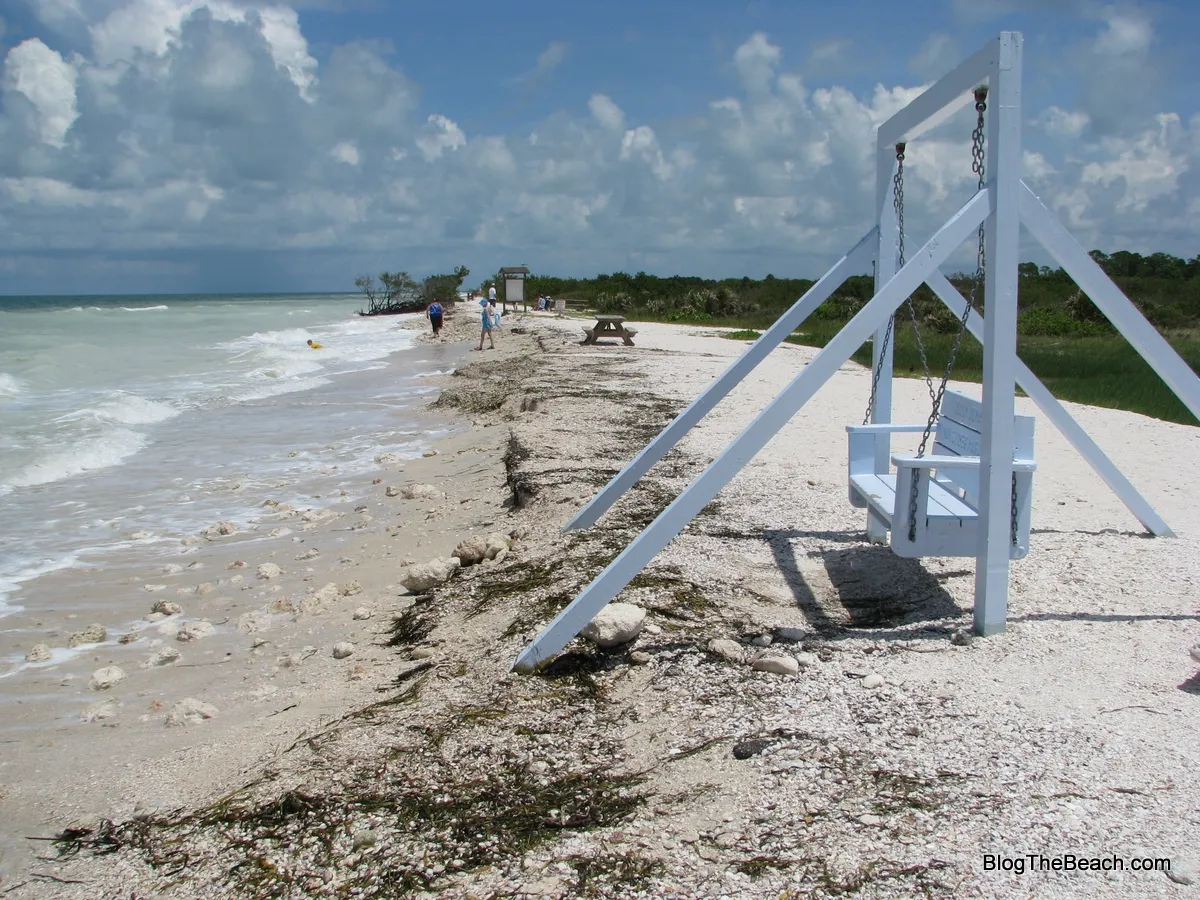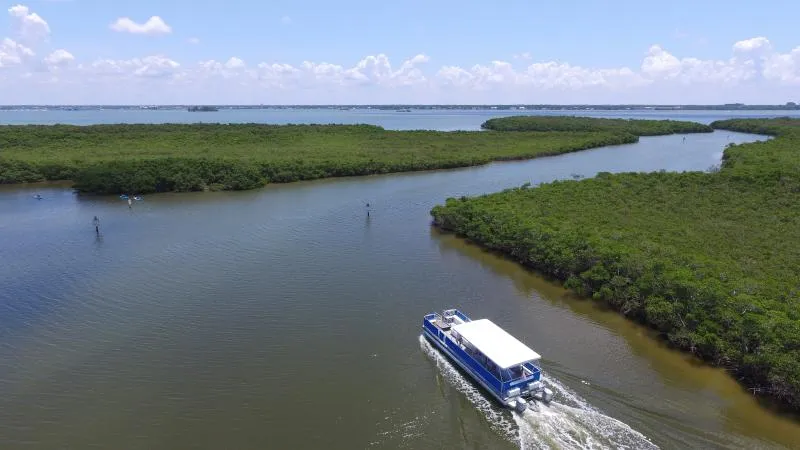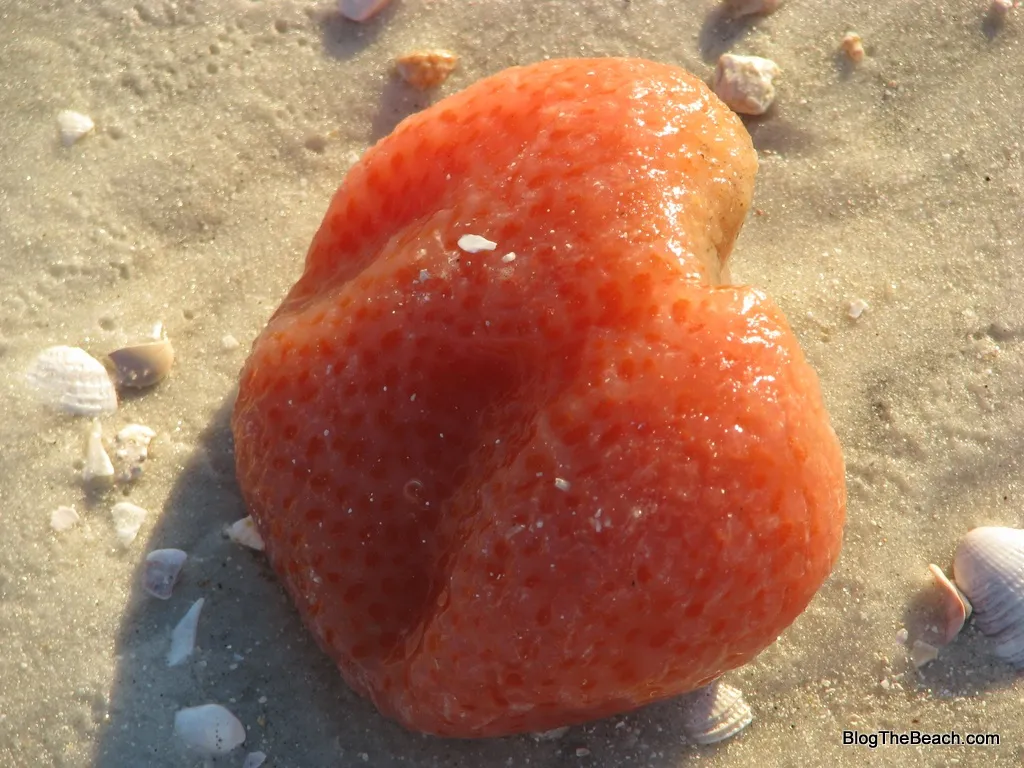Understanding Honeymoon Island Shelling
Honeymoon Island, a pristine barrier island located in Dunedin, Florida, is a haven for beachcombers and shelling enthusiasts. The island’s unique geographic position and the Gulf of Mexico’s currents bring in a diverse array of seashells, making it a prime shelling destination. Shelling on Honeymoon Island is more than just a leisurely stroll; it’s an engaging activity that connects you with the marine environment and offers the thrill of discovering hidden treasures. This guide dives into the best times to shell on Honeymoon Island, ensuring you maximize your chances of finding beautiful and rare shells. Understanding the factors that influence shelling success, from tidal patterns to weather conditions, is key to a rewarding experience. With a little planning and knowledge, your Honeymoon Island shelling adventure can be unforgettable.
Factors Influencing Shelling Success
Several factors significantly influence the success of shelling on Honeymoon Island. These include tidal patterns, the time of day, the season, and even the weather. Tidal movements are perhaps the most critical factor, as they determine when shells are exposed on the beach. Strong winds and storms, particularly those from the west, can also bring in a fresh supply of shells. The topography of the beach, with its sandbars and varying depths, further affects where shells accumulate. Understanding these factors allows you to predict when and where the best shelling opportunities will arise. Paying attention to these elements can significantly increase your chances of finding a variety of shells, from common finds to rare specimens. By being aware of these influences, you can plan your trip effectively and enjoy a more fruitful shelling experience.
Tidal Patterns and Shelling

Tidal patterns are the cornerstone of successful shelling. The best time to find shells is typically during low tide, especially when it coincides with the early morning or late afternoon. During low tide, the receding waters expose a wider area of the seabed, revealing shells that were previously underwater. Consulting a tide chart for Honeymoon Island is essential; these charts provide precise information about the timing and height of high and low tides. Shelling during a falling tide can be particularly rewarding, as the water pulls back, leaving shells stranded on the sand. A low tide that occurs during daylight hours is ideal, allowing for better visibility and easier shell hunting. Be aware of the tide’s movement to avoid being caught in rising waters and to ensure you can safely explore the shoreline, making the most of the shelling conditions.
Best Time of Day for Shelling
The time of day can also impact your shelling success. Early mornings and late afternoons often provide the best opportunities. The cooler temperatures and fewer crowds make these times more pleasant for shelling. Additionally, the sun’s angle can enhance visibility, making it easier to spot shells against the sand. Early morning low tides can reveal shells that have washed ashore overnight. Similarly, late afternoon low tides can expose shells that have been undisturbed throughout the day. These times also offer the advantage of softer light, perfect for photography, capturing the beauty of the shells against the backdrop of the ocean. Consider the time of day when planning your shelling excursion to make the most of your time and the environment.
Optimal Season for Shelling
The optimal season for shelling on Honeymoon Island typically spans from late fall through early spring. During these months, the weather is milder, and the Gulf of Mexico experiences more frequent storms. These storms often bring in a fresh supply of shells, increasing your chances of finding interesting specimens. Winter months, in particular, can be very productive due to the increased wave activity and the prevailing winds. However, the weather in Florida can be unpredictable, so it’s always wise to check the forecast before heading out. Shelling during the off-season also means fewer crowds, allowing for a more relaxed and enjoyable experience. Keep an eye on weather patterns and plan your trip during periods of favorable conditions to maximize your shelling success.
Top 5 Shelling Tips for Honeymoon Island

- Beach Access and Location: Access the beach at various points to explore different areas. The north end of Honeymoon Island, near the Dunedin Causeway, often has a rich selection of shells.
- Shelling Tools and Equipment: Bring a mesh bag or bucket to collect your finds. A small trowel or shovel can be useful for digging in the sand. Wear water shoes or sandals to protect your feet from sharp shells.
- Weather Conditions: Always check the weather forecast before you go. Be prepared for sun exposure with sunscreen, a hat, and sunglasses. Watch out for changing weather conditions that could impact your safety.
- Shelling Ethics and Conservation: Practice responsible shelling by only taking what you need and leaving the habitat undisturbed. Avoid collecting live shells, as they are part of the ecosystem.
- Identifying and Preserving Shells: Learn to identify the various shell types you may find. Once collected, clean and preserve your shells to maintain their beauty and protect them from damage.
Additional Tips for Shelling Success
Beyond the primary factors and tips, several additional strategies can enhance your shelling experience. Consider visiting Honeymoon Island after a storm, as this is often when the beach is most abundant with shells. Walk slowly and scan the beach thoroughly, paying attention to the high tide line and areas where seaweed accumulates, as shells often gather there. Be patient, as the best finds might require a little searching. Don’t be afraid to ask other shellers for tips or to share your discoveries. Shelling is a community activity, and exchanging knowledge can be fun. Remember to respect the environment and leave the beach cleaner than you found it, ensuring that future generations can enjoy the same shelling opportunities.
Planning Your Shelling Trip
Planning is key to a successful shelling trip to Honeymoon Island. Start by checking the tide charts and weather forecast. Plan your visit around low tide times, ideally during the cooler parts of the day. Pack essentials like sunscreen, water, a hat, and appropriate footwear. Bring a mesh bag or bucket for collecting shells and a small trowel if you like to dig. Consider bringing a field guide to help identify the shells you find. Arrive early to secure parking, especially during peak season. Most importantly, be prepared to enjoy the experience, embrace the beauty of the island, and have fun discovering the treasures hidden in the sand. With a little preparation, your shelling adventure on Honeymoon Island is sure to be a memorable one.
